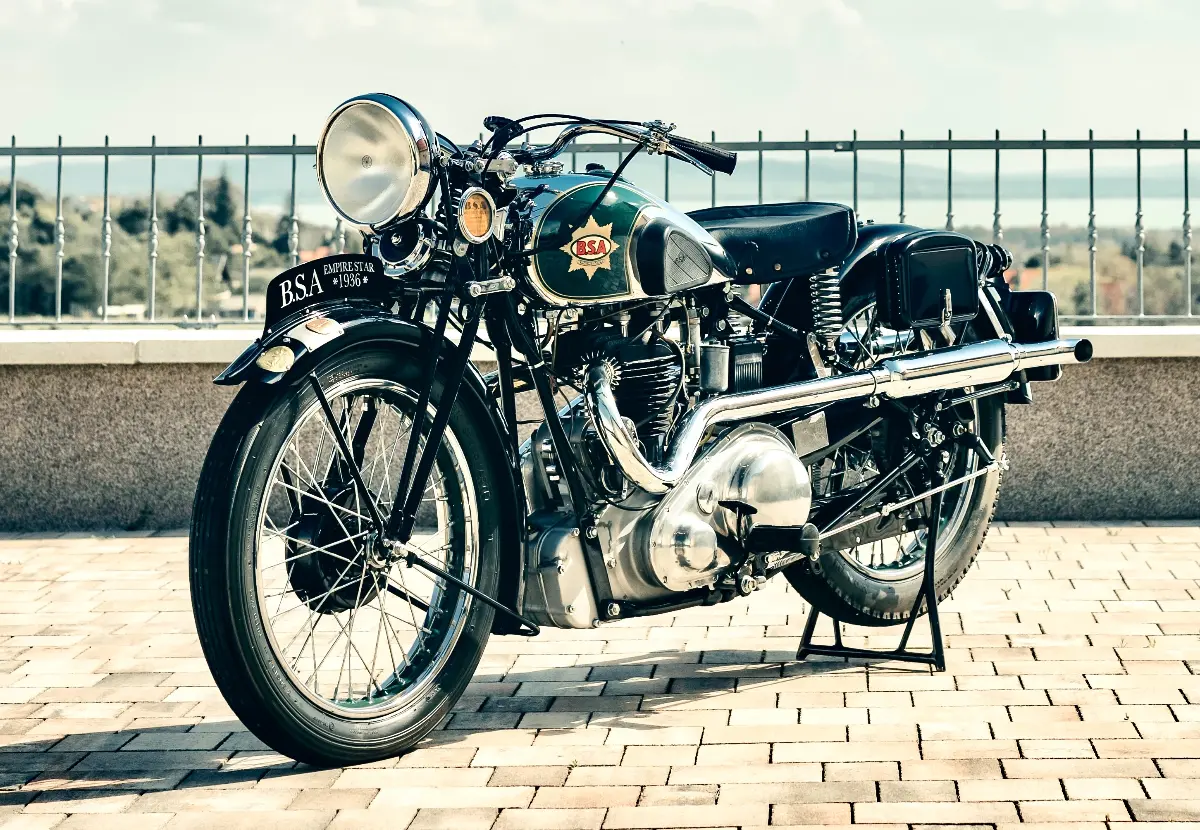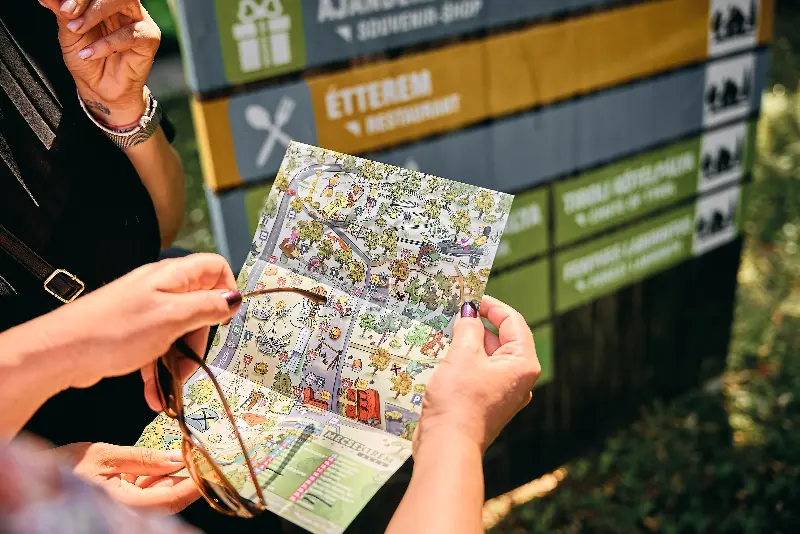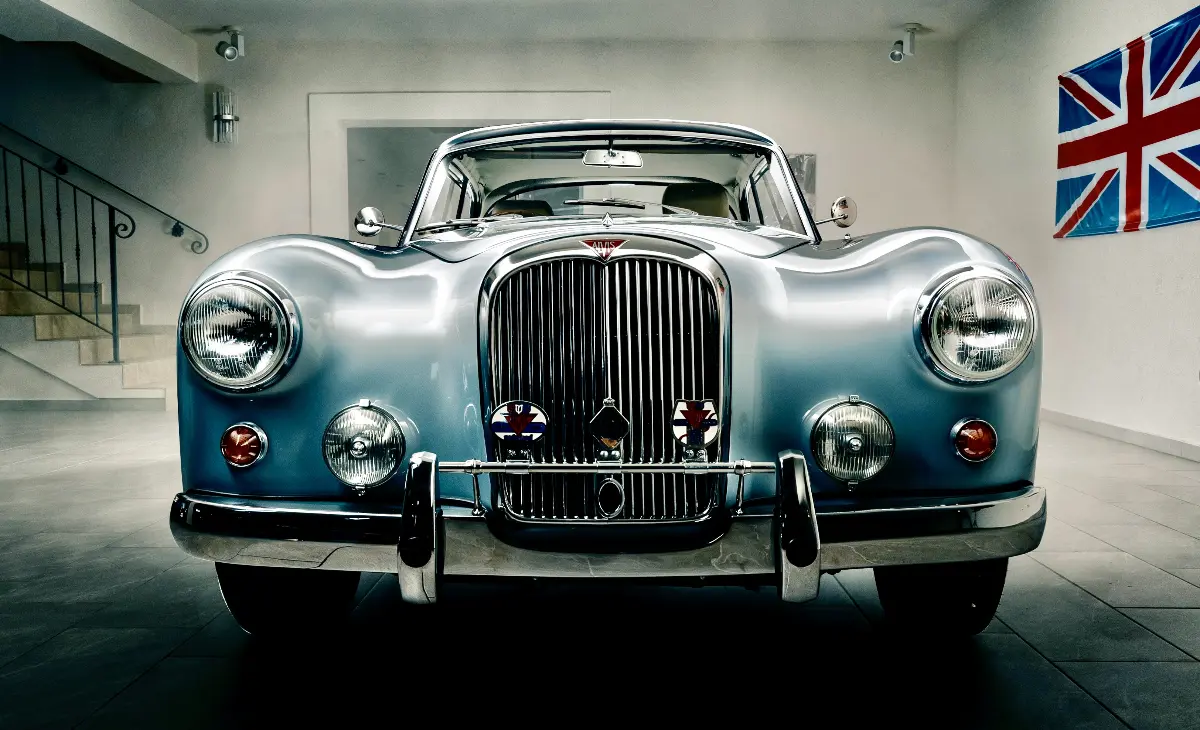
Helyszín címkék:
From test tube babies to the car-motor museum: interview with Professor Kaáli Nagy Géza
Szabó Vivien
A love of cars from the beginning
Admiration for cars is not new for the professor, he has been fascinated by car wonders since he was very young, and this has now grown into an impressive collection.
“At a relatively young age, practically almost the first time after the war, my father, as a head physician, got a car called Vauxhall, manufactured in 1948, of which very few came into the country, and I learnt to drive on it, I got my driver's license with it, and this car became a kind of family member. My father later replaced it with a more modern Opel, an Opel Olympia, it was not young either, it was manufactured in 1953, and we ventured to Kraków and Transylvania with it together with my younger brother, driving in turns. When I went to the United States, I had two or three cars at the same time, but I did not start collecting them yet. When I spent more time in Hungary, I brought home three or four cars from the USA, and they became the seeds of the current collection."
- tells professor Kaáli Nagy Géza about his memories of his youth.
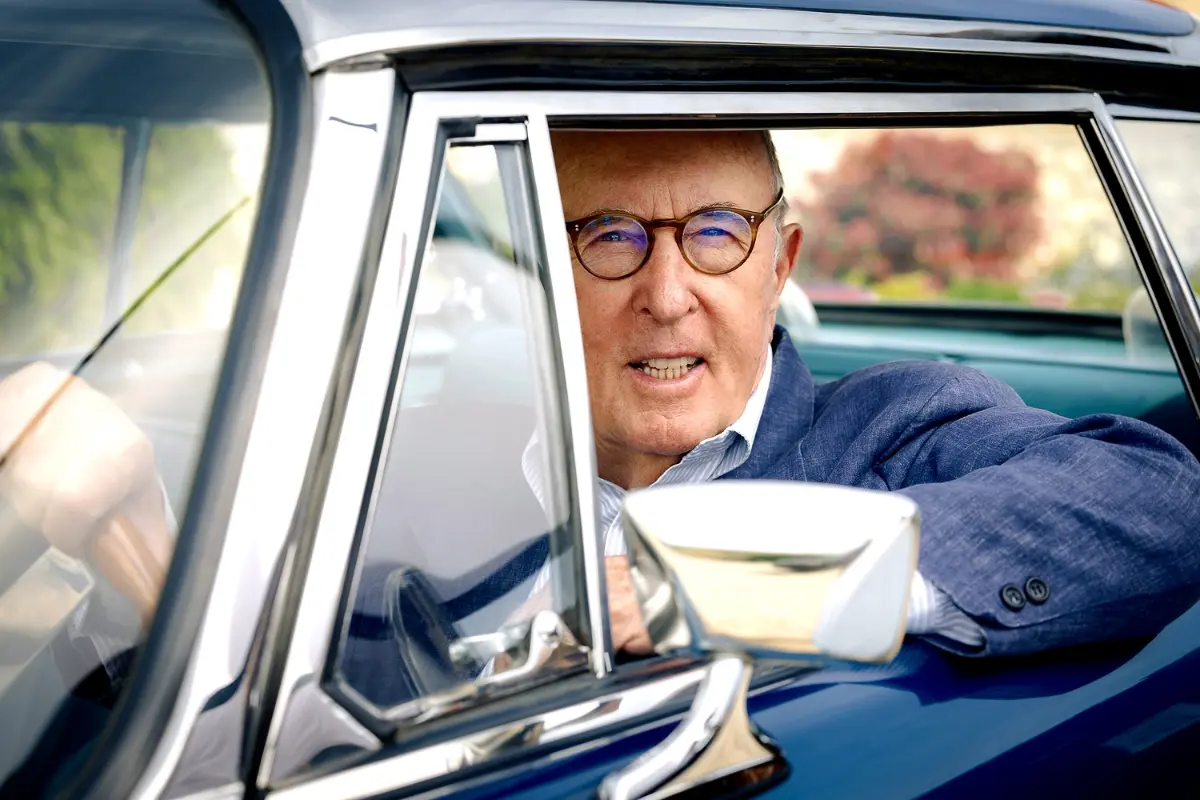
The collection becoming public property
At first, the collection of 140 pieces could only be viewed by friends and acquaintances of the professor, but today it can be visited freely by the general public, with prior registration.
“I feel that such a spectacle, a serious automobile history exhibition, should be made public. Our visitors come from all over the country, and quite a few from abroad: it is almost impossible to get tickets in the summer season, there are so many people interested. I would never have thought that there were so many car enthusiasts in this country, but last year we were visited by 30,000 people, and this year there will be even more, now we can feel it from the numbers.”
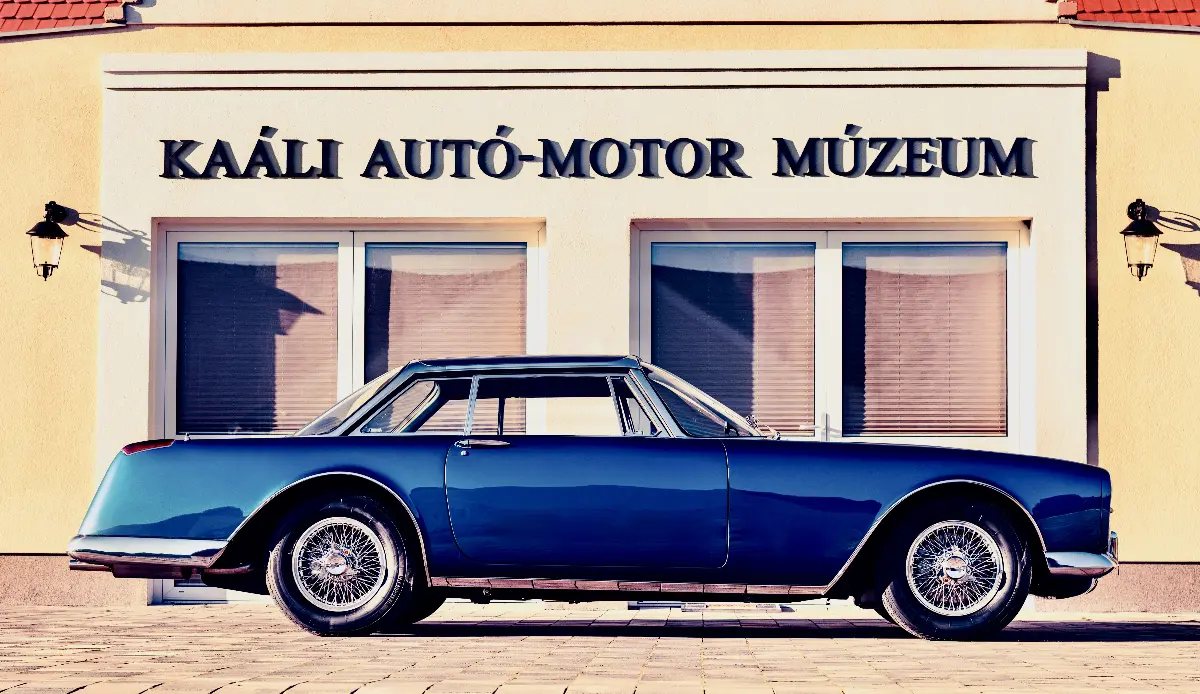
The cars brought from the United States are exhibited in a separate room, surrounded by the professor's own furniture, creating a truly intimate atmosphere. In the museum, we also have the opportunity to take part in a guided tour, where sometimes the really lucky ones can run into Professor Kaáli.
“We always try to provide high-quality guided tours from which people can learn, gain experience, and find out what these wonderful treasures are hiding. Every car has a story, and here I am not just talking about my family cars. We know about each car who bought it first, if it was taken to a museum, who restored it, and finally how it came to be in our possession in Hungary.”
Records
One of the largest and most varied vehicle collections in the country can be seen in the Kaáli Auto-Motor Museum, but the special collection also includes some really outstanding pieces that are closer to the professor's heart for some reason.
“The most sentimental cars with the greatest sentimental value are obviously the two family cars: the Vauxhall and the Opel 53. Then the Facel Vega II, which just won the Best of show award at the Concours d'Elegance motor-race in Balatonfüred, and is also called the car of the stars. It was one of the most desirable vehicles of its time, only 183 pieces were produced of it and only celebrities could obtain it. At that time, it was the fastest car. Another favourite is the world's most successful racing car, the Bugatti Type 35B produced in 1930, which won 2,000 races.”
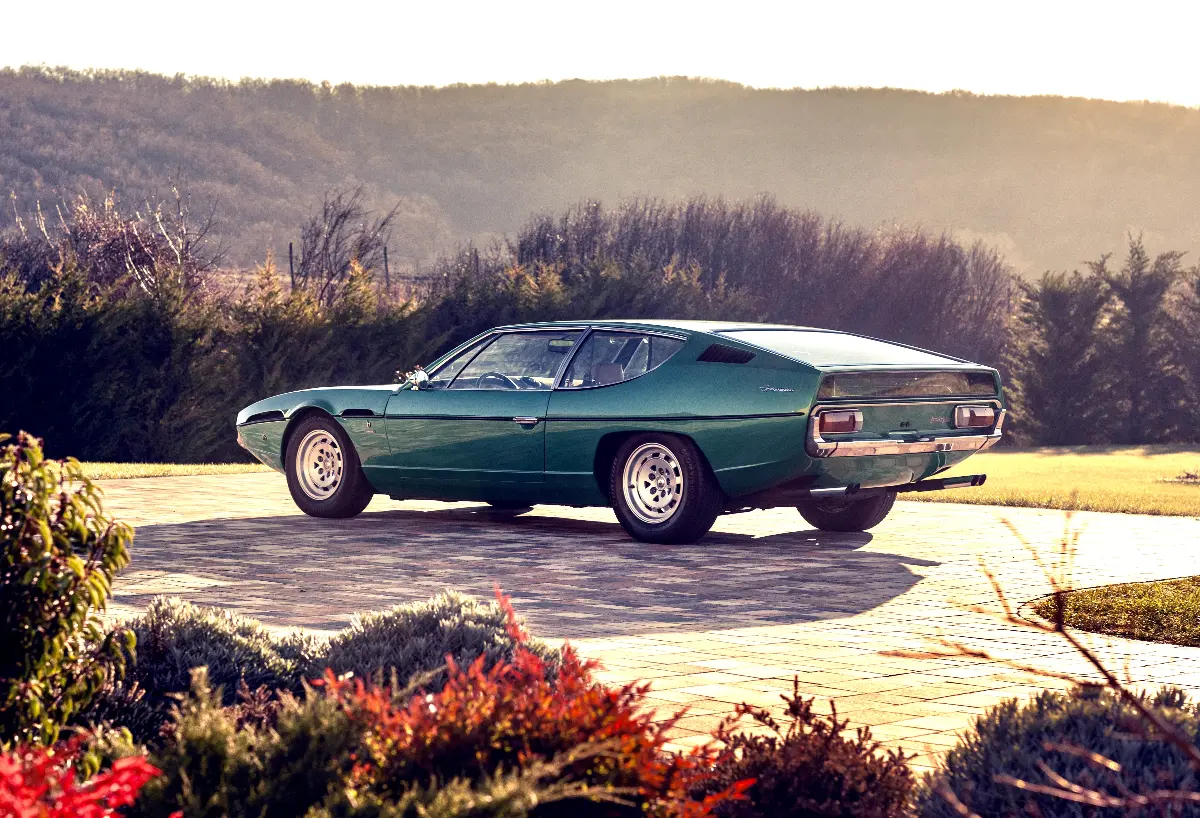
Why Dörgicse?
The professor lived in many parts of the world, travelled to many places, but finally he and his legendary collection ended up in Dörgicse on the shore of Balaton.
“I had a holiday home in Dörgicse. I am a big sailor, I like sports as well as tour sailing, and I acquired a port on the northern shore of Lake Balaton. Then I actually "built myself around". Everything was already here, only a museum was missing. I bought eight plots of land in Dörgicse, from which we built this empire on a 2-hectare area, which is practically a separate world when you enter the gate: a car wonderland.”
It is an obligatory place for car lovers, but the huge exhibition can hide something to discover for almost anyone. If you are in the town, do not miss the Lavender Farm of Dörgicse, where more than 30 types of lavender bloom in season. And if you get hungry during your explorations, stop by the Lelkem pub for a soul-warming lunch, or have a coffee or a cocktail under the leafy trees in the Pajta garden and kitchen!

